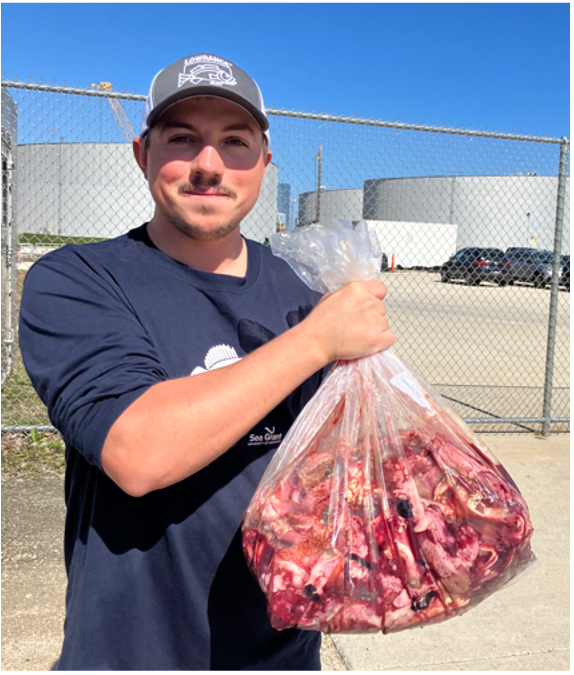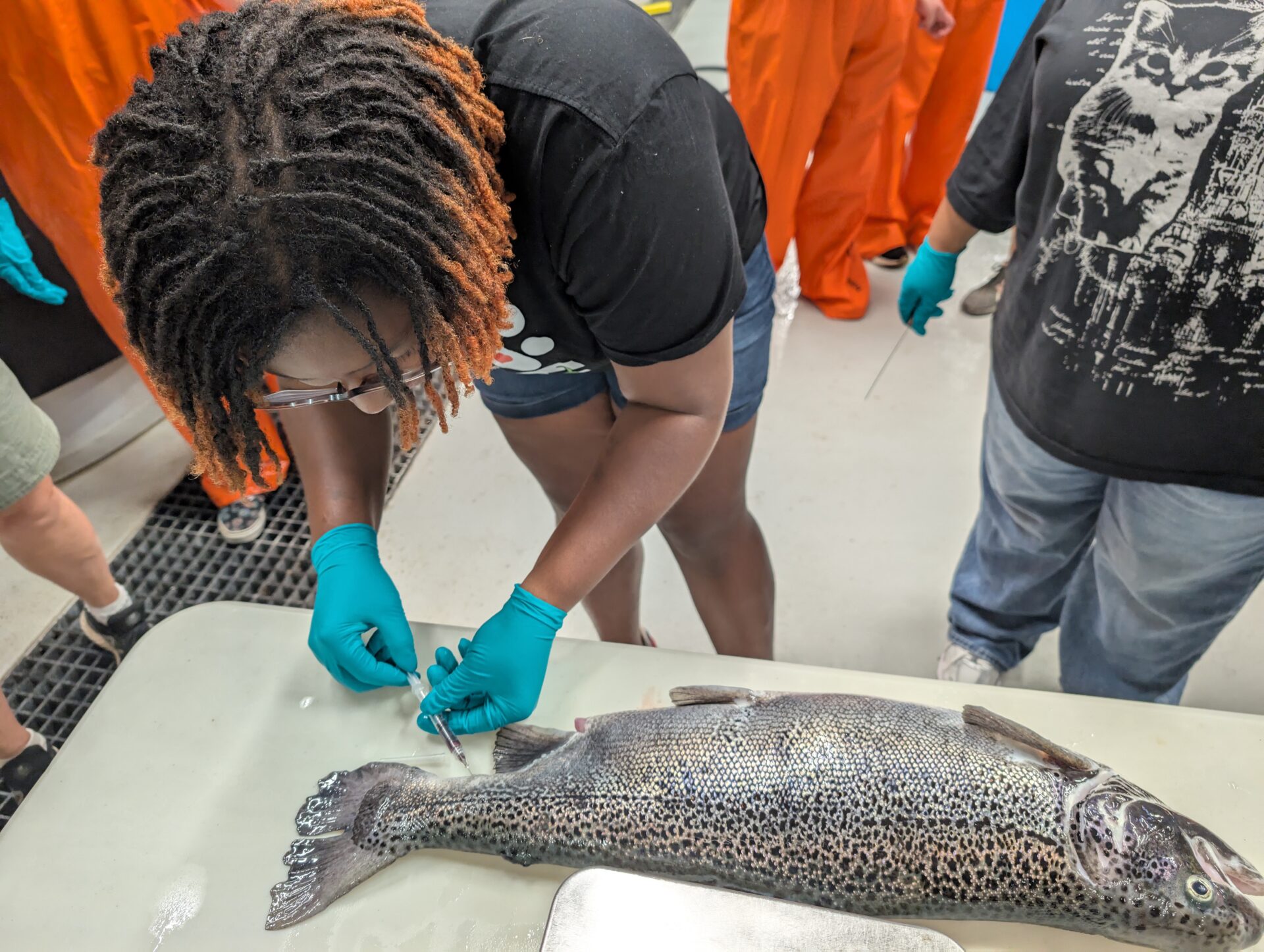When extreme weather strikes, information—accurate information—becomes a matter of life and death.
However, in the heat of a crisis, sometimes warnings about weather can become misinterpreted or exaggerated. To combat the confusion, the National Weather Service (NWS) is rolling out a new, impact–based warning system, featuring specific messages that range from “major home destruction likely” to “tornadic winds could throw automobiles into the air” to “the entire neighborhood will be destroyed.”
“Providing impact-based warnings is important because they relay a consistent message about the impacts of severe weather that emergency managers and broadcast meteorologists can disseminate to the public,” said Jane Harrison, a social scientist with Wisconsin Sea Grant. “It takes out the guess work when a big storm hits.”
Backed by a $50,000 grant from the National Oceanic and Atmospheric Administration’s Weather-Ready Nation project, Harrison is part of a team that’s testing the efficacy of the new system with three key user groups–broadcast meteorologists, emergency managers (EMs) and the weather forecasters charged with writing the impact statements. Working with a network of social scientists within the Great Lakes Sea Grant Network, Harrison and graduate student Katie Williams spent the summer conducting focus groups in Fargo, N.D.; the Quad Cities, Iowa /Ill.; Chicago; and Louisville, Ky.
Harrison and Williams are aware that the project carries unique challenges—namely, trying to understand the complex terminology and jargon of three distinct groups. That’s essential to understanding whether the messages are working. Williams, meanwhile, has already discovered that different parts of the country view their emergency messages quite differently. (See sidebar.)
The project coincides with a growing effort at NOAA to fund and work on projects related to preparing communities for extreme weather events. Harrison expects to complete data collection by the end of November and compile findings sometime early next year.
SIDEBAR
Katie Williams was ready for the focus groups. She wasn’t prepared for the vastness of the North Dakota sky.
“The clouds were amazing,” she said, “and huge.”
Earlier this summer, Williams, a graduate student in geography at UW-Milwaukee, travelled to Fargo to interview the first group of broadcasters and EMs as part of NOAA’s Weather-Ready Nation project. Her participation is being funded by UW Sea Grant.
In Fargo, she discovered the broadcasters had heard of the impact-based warning tool but had yet to use it. As she spoke with them, Williams soon realized they viewed it differently than states with a less cool and dry climate—states like Oklahoma that live in constant fear of devastating tornados.
“They don’t take their summer severe weather nearly as seriously as their winter severe weather,” said Williams, noting that North Dakota experiences more blizzards than tornados. “Their reaction was like, ‘This is really helpful—just not helpful for us,’” said Williams. That reaction could complicate NWS plans to standardize the impact-based messages.
Williams said she’s been fascinated by the ways the focus groups interweave science and policy.
“It’s really interesting to see how this program is being received,” she said. “The broadcasters I spoke to clearly see their role as translating information from the National Weather Service, and they tend to rely on their own experiences. This is something of a departure from that.”





